Introduction
In the realm of architecture, the ability to visualize concepts before they materialize on-site is paramount. Architectural rendering stands at the forefront of this visualization process, transforming abstract ideas into tangible representations that facilitate communication among architects, clients, and stakeholders.
As the industry embraces technological advancements, the significance of rendering styles—ranging from photorealistic images to immersive virtual reality experiences—has never been more pronounced. This article delves into the fundamental aspects of architectural rendering, exploring its diverse styles and the critical role of lighting, while providing insights into how to select the most effective rendering approach for any given project.
By understanding these elements, architects can enhance their design presentations and foster deeper connections with their clients, ultimately driving successful project outcomes.
Understanding Architectural Rendering: A Foundation for Styles
Architectural visualization is a sophisticated process that produces two-dimensional images or animations showcasing the attributes of proposed designs. This technique is instrumental in the architecture industry, functioning as a critical communication tool that enables architects, clients, and stakeholders to visualize concepts prior to construction. High-quality visualizations effectively convey essential components such as materials, lighting, and spatial relationships, offering a realistic representation that significantly aids in decision-making and enhances presentations.
The function of pre-sales visualization is especially significant, as intricate illustrations inspire trust in initiatives and draw investment well in advance of actual construction starting. For example, the analysis of our recent endeavor showcased the client’s remarkable satisfaction with the final interior visuals, which not only met but surpassed their expectations, offering them a strong marketing asset. As the architecture sector evolves—driven by technological innovations, sustainability efforts, and market growth—the significance of architectural visualization becomes increasingly pronounced.
Lifelike CG humans are revolutionizing architectural visualizations, bridging the gap between realism and the uncanny valley, enhancing the overall presentation. The global market for smart sensors in buildings is expected to reach $10.4 billion by 2025, reflecting the industry’s responsiveness to technological advancements. With 28% of global architects, engineers, contractors, owners, and investors indicating that most of their projects meet green criteria, the importance of visualization in design communication is paramount.
Exterior visuals, with their emphasis on natural lighting, landscaping, and building materials, serve as a vital tool for enhancing communication between homeowners and builders by offering a clear visualization of how a structure integrates with its surroundings. Understanding the role of lighting is essential; while interior visualizations often rely on artificial light sources to create ambiance, exterior illustrations depend heavily on natural sunlight to showcase the building’s facade at various times of the day. This foundational aspect is essential for navigating the diverse illustration architectural rendering styles that meet various project needs and aesthetic preferences.
Exploring the Top Architectural Rendering Styles You Should Know
Photorealistic Visualization: This sophisticated style aims to create images that are virtually indistinguishable from real photographs. Achieving this level of realism requires meticulous attention to detail, encompassing accurate lighting, textures, and shadows. Photorealistic visuals, which showcase various illustration architectural rendering styles, are especially impactful in promotional content, serving a vital function in drawing in prospective customers. Recent statistics show that around 70% of architecture firms employ photorealistic visualization methods to improve presentations and customer interaction. Such detail not only captures the essence of the creation but also fosters an emotional connection through illustration architectural rendering styles, which help clients visualize their future spaces.
Conceptual Visualization: Primarily utilized in the early stages of creation, conceptual visualizations emphasize conveying broad concepts instead of intricate specifics. This artistic approach often incorporates illustration architectural rendering styles that feature sketch-like qualities to effectively communicate the designer’s vision. Architects often mention the advantages of these visualizations in promoting discussions and collecting feedback early in the planning process. For instance, a notable case study on conceptual depiction illustrated how early visualizations can significantly influence client decisions, showcasing the importance of quick visualization and informed decision-making. Moreover, these representations are economical, enabling exploration without substantial resource allocation and facilitating a repetitive development process.
2D Vector Graphics: This illustration style utilizes flat, two-dimensional graphics to represent architectural designs. While less detailed than 3D renderings, vector graphics are invaluable for presentations and technical documentation, providing clear outlines and precise measurements. Their simplicity can often enhance clarity, making them a preferred choice for conveying information to clients and stakeholders, thus facilitating communication.
3D Visualization: Encompassing a range of techniques, 3D visualization creates three-dimensional representations of concepts. This category encompasses everything from basic wireframe models to highly detailed visuals, enabling architects to explore spatial relationships and creative elements interactively. The immersive features of 3D visualization, along with illustration architectural rendering styles, enhance customer understanding, improve stakeholder communication, and assist in recognizing potential layout issues early. These visualizations also serve as effective communication tools with builders, lenders, and municipalities, ensuring all parties have a clear understanding of the project.
Virtual Reality (VR) Rendering: As an emerging trend, VR rendering enables viewers to immerse themselves within a virtual environment. This interactive experience permits users and stakeholders to explore areas, significantly improving their comprehension of the layout. Notably, around 50% of architects report employing virtual reality for creating immersive walkthrough experiences, underscoring its growing importance in architectural practice. This technology is integral to enhancing customer engagement and visualizing complex designs using illustration architectural rendering styles.
Augmented Reality (AR) Rendering: Similar to VR, AR rendering superimposes digital information onto the real world, enabling users to visualize how a design integrates with its actual context. This inventive approach is gaining popularity for on-site presentations, offering stakeholders a tangible sense of scale and engagement with the initiative. The use of AR in architecture is projected to grow by 64.5% from 2020 to 2025, highlighting its significance in enhancing client connections and satisfaction.
Animated Walkthroughs: This style combines different visualization techniques to produce a video that guides viewers through a project. Animated walkthroughs are instrumental in showcasing how a space will function and feel, offering a dynamic perspective that static images cannot provide. The incorporation of animated walkthroughs into architectural presentations illustrates the industry’s transition towards more captivating visual storytelling, further highlighting the emotional influence of architectural visuals.
The Role of Lighting in Architectural Rendering
Lighting is a crucial component in architectural depiction, fundamentally shaping the mood, perception, and realism of visualizations. Effective manipulation of both natural and artificial light enhances textures, creates depth, and accentuates key architectural features. For instance, photorealistic images significantly benefit from the simulation of natural light sources, such as sunlight and shadows, contributing to a convincing depiction of the environment.
Our premium architectural renderings for both interior and exterior works ensure that every detail—from the textures of materials to the interplay of light—is meticulously captured, allowing clients to visualize their concepts accurately before construction. We specialize in creating detailed visualizations for various sectors, including comprehensive site documentation. Additionally, the customization and revisions we offer cater to the unique needs of each project, ensuring your vision is realized and your investment reflects the quality expected in today’s competitive landscape.
A recent study by Li et al. surveyed luminance distribution in Shanghai’s nocturnal environment, highlighting how strategic lighting choices can elevate architectural presentations. This corresponds with findings from the case study on modern building floodlighting, which emphasized tailored solutions that enhance visibility and aesthetics in contemporary structures.
Moreover, Wojciech Żagan’s quantitative assessment in 2022 noted that well-designed lighting can result in a substantial useful luminous flux of 1,016,526, demonstrating the tangible impact of thoughtful illumination on image quality. Furthermore, the strategic integration of daylight in educational facilities underscores the importance of lighting in creating conducive environments for learning and development. Grasping these principles is essential for any architectural visualizer dedicated to creating compelling images that utilize different illustration architectural rendering styles and effectively convey design intent.
Our method of 3D house visualization employs advanced software to produce lifelike three-dimensional representations, capturing intricate details such as textures, lighting, and landscaping, ensuring customers have a thorough preview of their developments before construction commences.
Choosing the Right Rendering Style for Your Project
Choosing the appropriate illustration architectural rendering styles for a project is essential and depends on several factors, including the target audience, project stage, and intended use of the visuals. For example, high-quality photorealistic images are essential for marketing purposes, as they create lifelike visuals that effectively entice potential clients and showcase the architectural vision. In contrast, conceptual illustrations may serve better in brainstorming sessions or early planning discussions, where the emphasis is on ideas rather than intricate details.
Furthermore, the level of detail plays a significant role; higher detail levels can enhance realism and contribute to informed decision-making, but may also affect costs. Participating in a cooperative design phase, where repeated visualizations are created based on customer feedback and essential adjustments are made, is crucial to precisely represent specifications and satisfy distinct customer requirements. If advanced technical capabilities such as virtual reality experiences are accessible, integrating VR visuals can significantly enhance customer engagement.
Ultimately, aligning the illustration architectural rendering styles with project goals and ensuring customization will maximize its effectiveness and impact, creating a powerful first impression that resonates throughout the project’s development.
Future Trends in Architectural Rendering
The architectural visualization field is progressing swiftly, influenced by advancements in technology and shifting customer expectations. At J. Scott Smith Visual Designs, our collaborative visualization process emphasizes clear communication from initial contact through detailed 3D modeling, ensuring client satisfaction. We begin with initial communication and FAQs, where our virtual assistant addresses basic inquiries 24/7.
Following this, we collect briefs through our web portal, allowing us to understand your vision in detail. Our initial discussions concentrate on your objectives, target audience, and particular requirements. Following our conversations, we customize a presentation suggestion that highlights your initiative effectively.
Once the proposal is signed and the deposit received, we secure the project and start modeling your design, sending clay visuals for your feedback. This iterative process continues with detail modeling, where our skilled artists create a meticulous 3D model, ensuring accuracy and flexibility. Material and lighting selection follows, where we craft realistic materials and place virtual lights to reflect real-world conditions.
Throughout the process, we offer progress visuals, fostering a collaborative approach that ensures the final product exceeds your expectations. Additionally, the integration of artificial intelligence (AI) in our visualization software enhances efficiency and accuracy, enabling lifelike representations that bridge the uncanny valley. The emergence of real-time visualization engines enables architects to conceptualize plans instantly, promoting quicker decision-making and teamwork.
As sustainability becomes a focal point in architecture, rendering styles that emphasize eco-friendly design elements are gaining traction. Architects should stay informed about these trends to leverage new tools and techniques that can elevate their work and meet the demands of modern clients.
Conclusion
Architectural rendering plays a pivotal role in the design process, serving as a bridge between abstract concepts and tangible realities. By employing various rendering styles—ranging from photorealistic images to immersive virtual experiences—architects can effectively communicate their visions, engage clients, and secure stakeholder buy-in. The exploration of these styles, including conceptual and animated walkthroughs, highlights the versatility of rendering as a tool for enhancing design presentations and facilitating informed decision-making.
Lighting emerges as a critical component in architectural rendering, influencing the perception and emotional response to designs. Mastering both natural and artificial lighting techniques allows architects to create compelling visual narratives that resonate with viewers. The ability to manipulate light not only accentuates architectural details but also enhances the overall realism of renderings, ensuring that clients can envision their projects with clarity.
Choosing the appropriate rendering style is essential for aligning with project goals and audience expectations. A thoughtful approach to this selection process, coupled with an iterative, collaborative design phase, can significantly elevate the impact of architectural presentations. As the industry continues to evolve with technological advancements, staying abreast of emerging trends—such as the integration of AI and real-time rendering—will empower architects to push the boundaries of visualization, ultimately leading to more successful project outcomes. Embracing these practices fuels innovation and fosters deeper connections between architects and their clients, ensuring that visions are not only seen but truly understood.
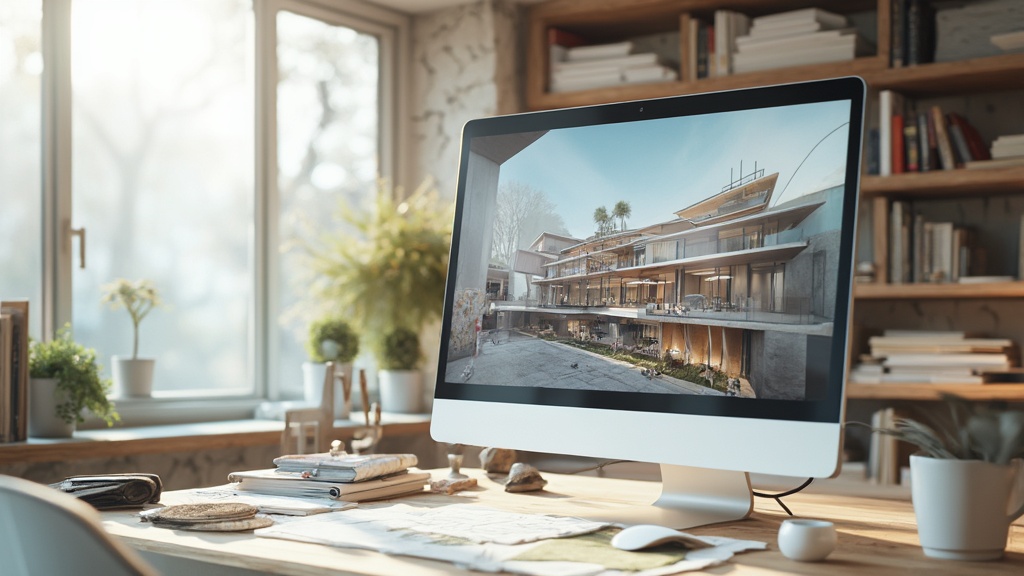
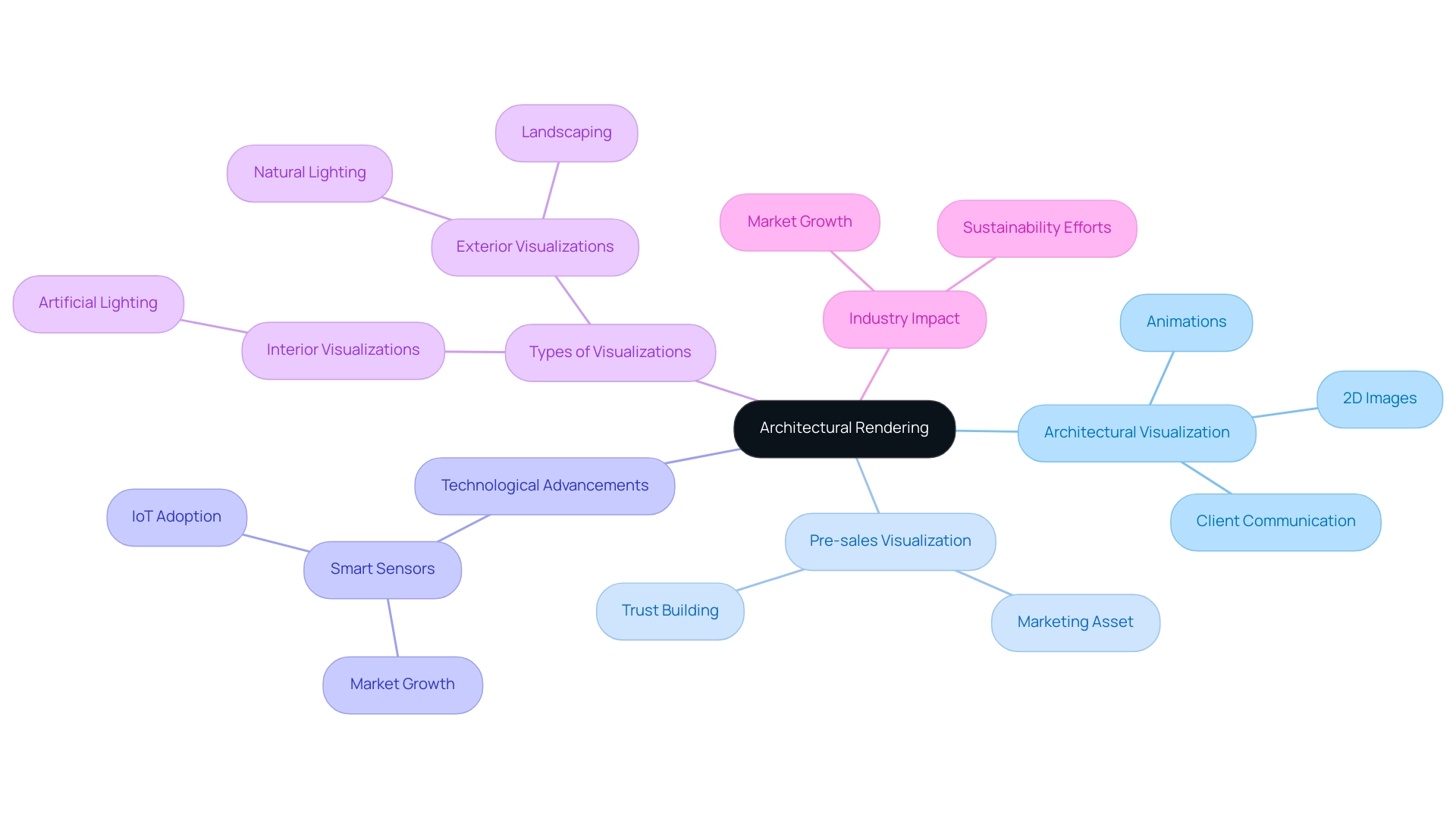
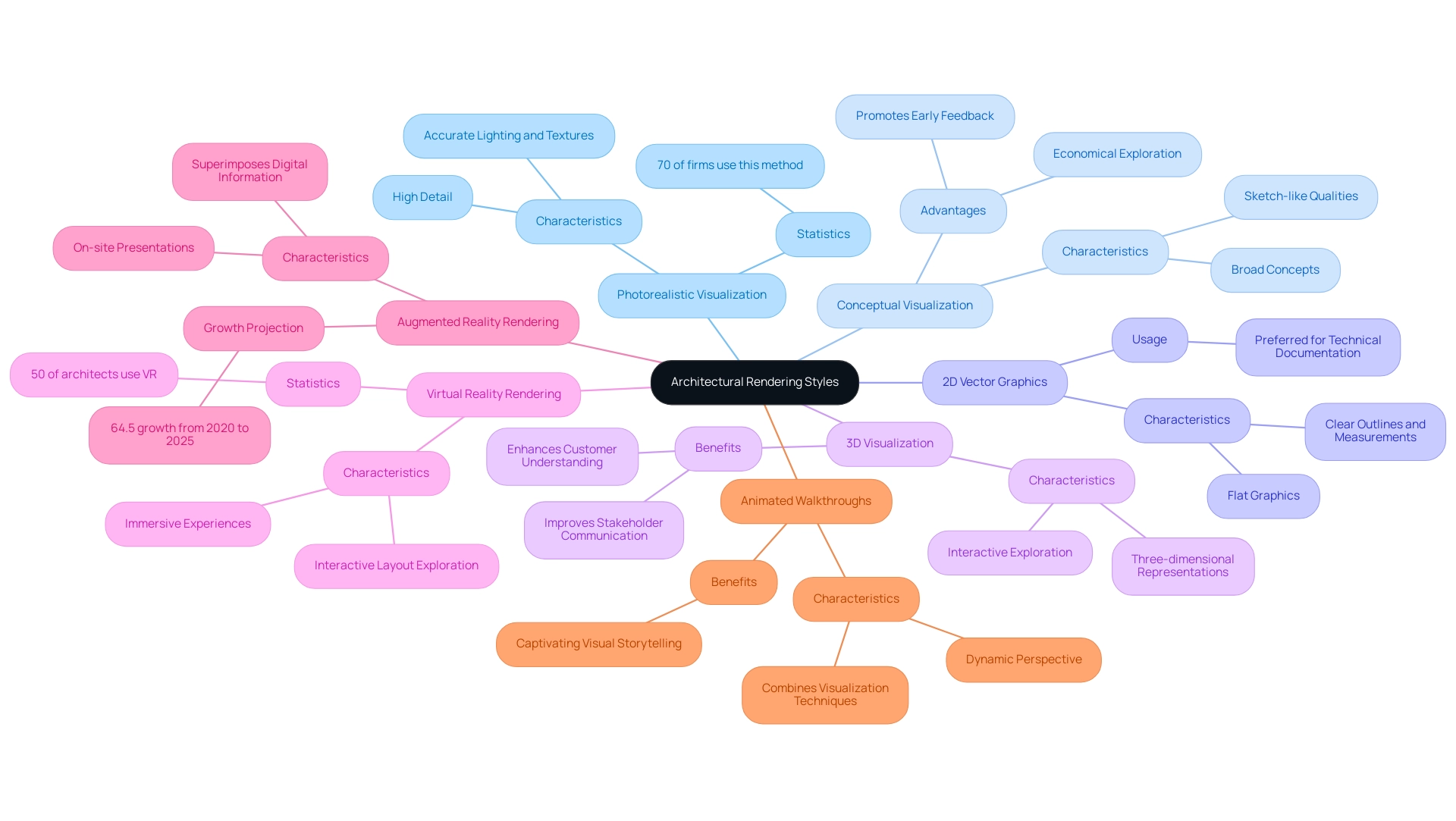
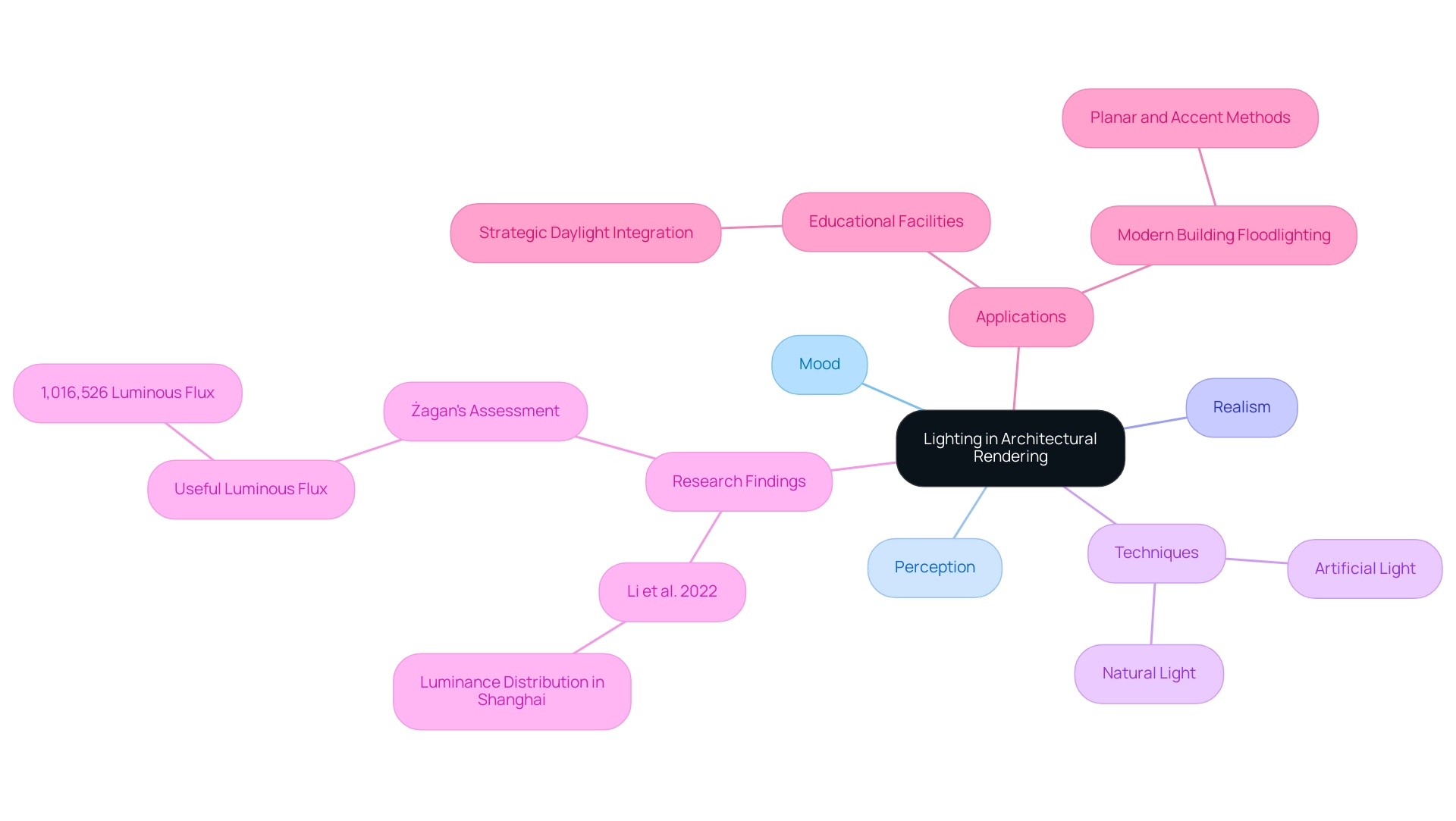
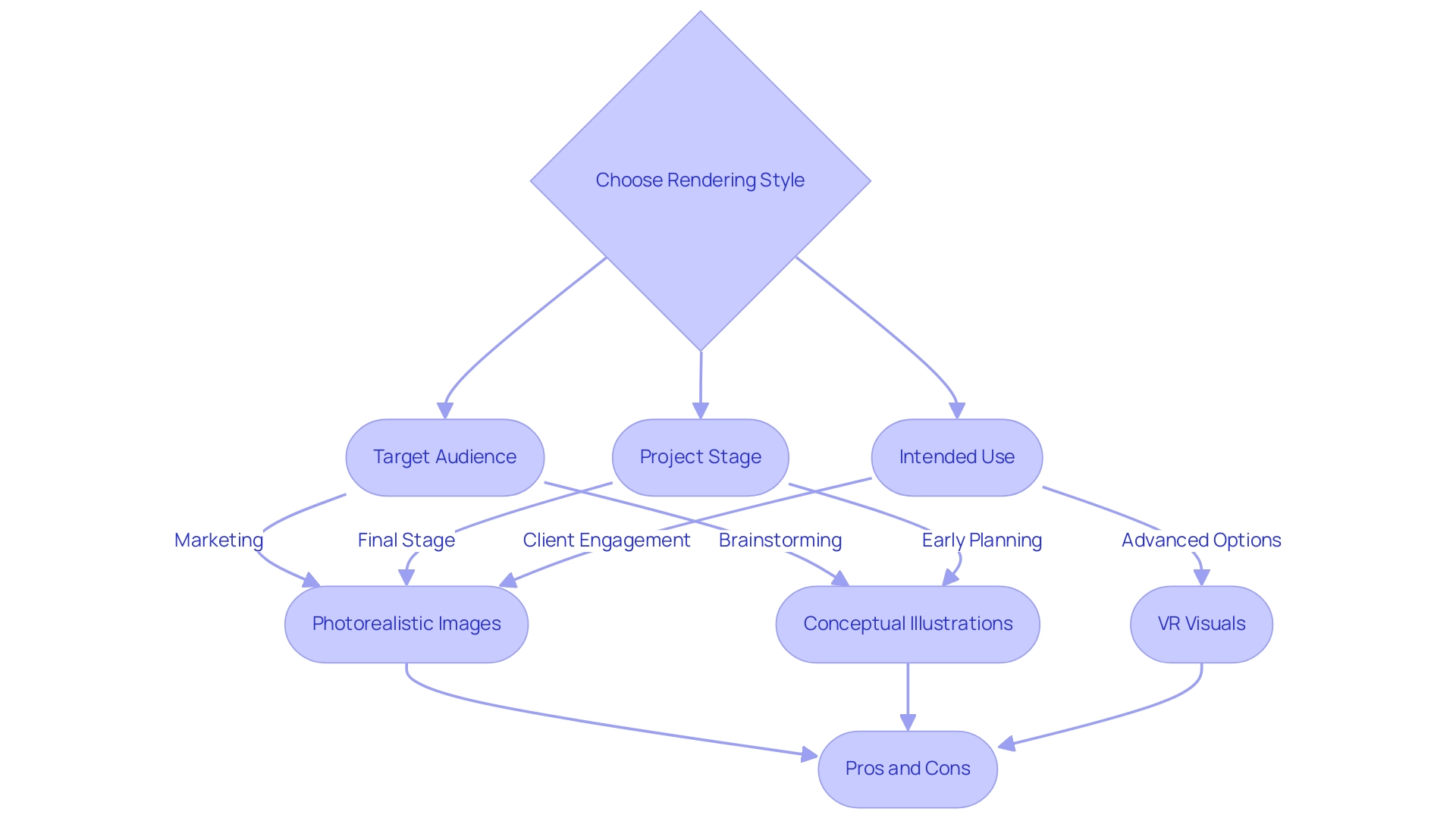
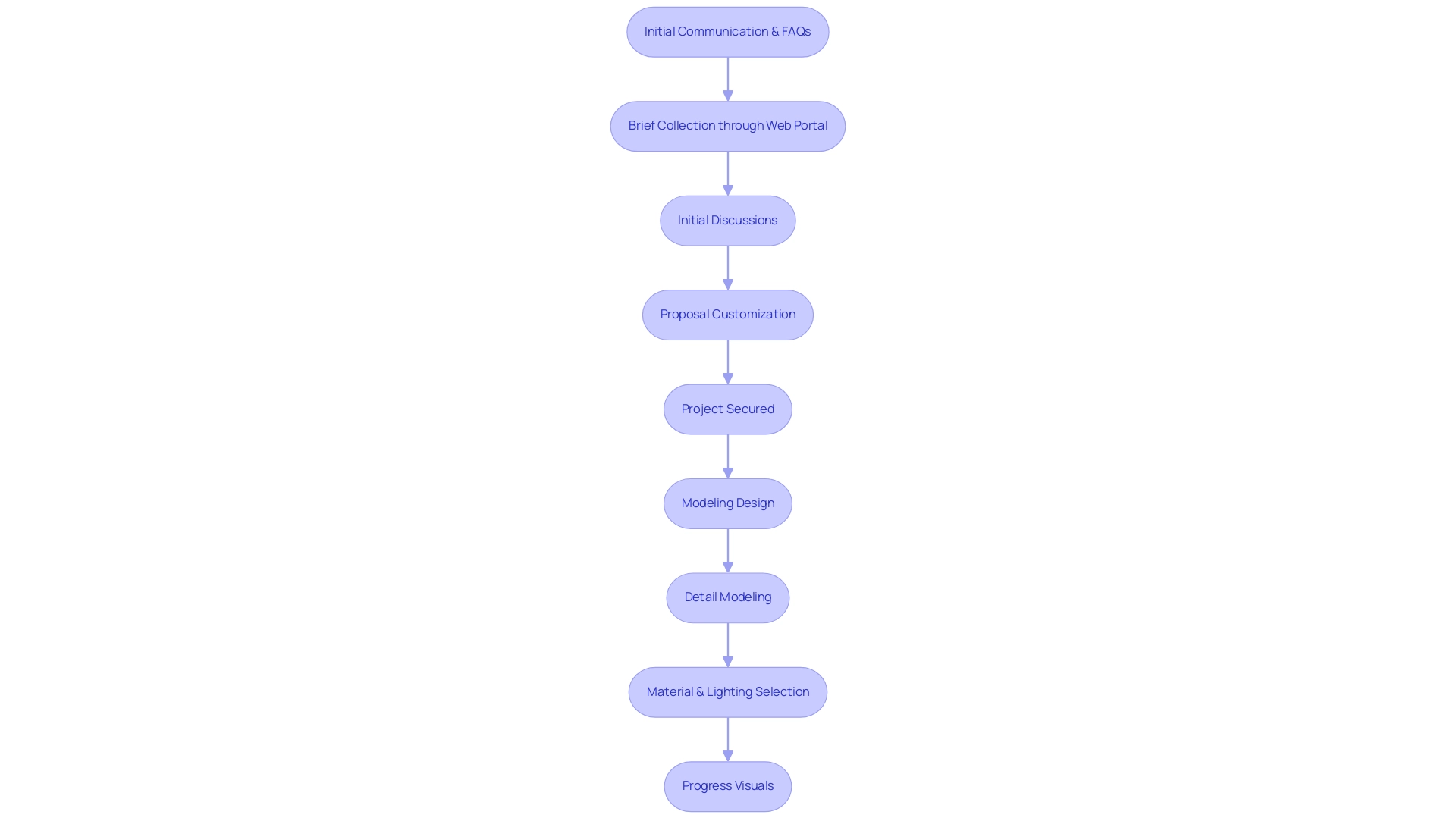
0 Comments